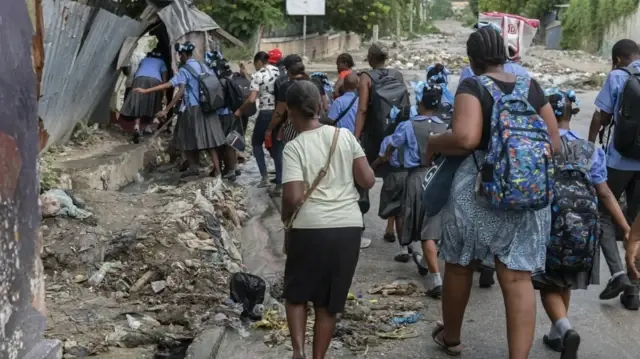The United Nations Development Programme has revealed the staggering scale of destruction caused by Hurricane Melissa in Jamaica, with nearly 5 million metric tons of debris generated and economic damage reaching approximately 30% of the nation’s gross domestic product. The assessment comes as the Caribbean nation struggles to recover from the late October storm that devastated western and central regions of the island.
Catastrophic Debris Volume
UNDP resident representative Kishan Khoday detailed the overwhelming cleanup challenge during a virtual briefing, reporting that “close to 5 million metric tons of debris have been created across western Jamaica” according to digital impact assessment tools. He provided context for the massive undertaking, explaining this volume “would fill approximately 500,000 standard truckloads” and includes widespread structural damage, vegetation destruction, and personal property losses throughout the affected regions.
Economic Devastation and Recovery Strategy
The financial impact represents a severe blow to Jamaica’s economy, with initial estimates indicating damage equivalent to nearly one-third of the country’s GDP. Khoday warned these figures are expected to rise as assessments continue. The UNDP has outlined a comprehensive recovery strategy focusing on small business rehabilitation, livelihood restoration, solar-powered community infrastructure for debris removal, and ecosystem recovery efforts to address the multifaceted crisis.
Regional Caribbean Impact
Hurricane Melissa’s destructive path extended throughout the Caribbean, causing significant damage in Haiti, Jamaica, and Cuba since late October. The confirmed death toll across Haiti and Jamaica has reached 75 people due to catastrophic flooding and landslides. In Cuba, UN estimates indicate approximately 2.2 million people have been affected, with extensive damage reported to tens of thousands of homes, hundreds of healthcare facilities, and over 1,500 educational institutions.

